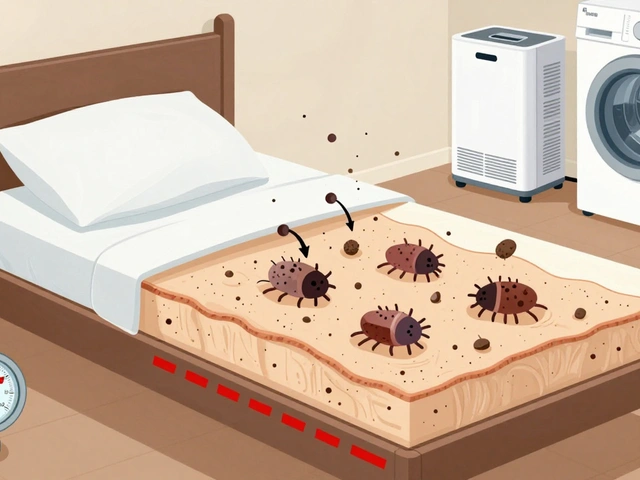ATP7B Gene: What It Does, How Mutations Cause Disease, and What You Need to Know
When your body can’t handle copper properly, it’s often because of a problem with the ATP7B gene, a gene that codes for a protein responsible for moving copper out of liver cells and into bile for removal. Also known as the Wilson disease gene, it’s the key player in keeping copper levels balanced. Without a working ATP7B gene, copper sticks around—building up in your liver, brain, and other organs until it causes serious damage.
This gene doesn’t just affect the liver. It’s also tied to how your body uses copper to make enzymes, transport iron, and protect nerves. When the ATP7B gene mutates, the protein it makes either doesn’t work at all or works poorly. That’s what leads to Wilson disease, a rare inherited disorder where copper accumulates to toxic levels. People with this condition often show symptoms in their teens or twenties—fatigue, jaundice, tremors, or trouble speaking. Left untreated, it can cause cirrhosis, neurological decline, or even death.
Doctors test for ATP7B mutations when someone has unexplained liver problems or neurological symptoms that don’t fit common causes. Genetic testing can confirm the diagnosis, and early treatment with zinc or chelating agents can stop the damage. It’s not just about drugs—it’s about managing copper intake, avoiding foods high in copper like shellfish and nuts, and monitoring liver function long-term.
The ATP7B gene also connects to how your body responds to certain medications. Some drugs affect copper transport, and people with partial ATP7B function might react differently than others. Research is still uncovering how this gene interacts with other biological pathways, including those involved in iron metabolism and oxidative stress. That’s why understanding ATP7B isn’t just for patients with Wilson disease—it matters for anyone with unexplained liver or neurological issues.
Below, you’ll find real-world guides on related topics: how genetic testing works, what medications help manage copper overload, how liver damage from copper buildup is monitored, and why some patients need lifelong treatment. These posts aren’t theory—they’re what doctors and patients actually use to make decisions every day.





